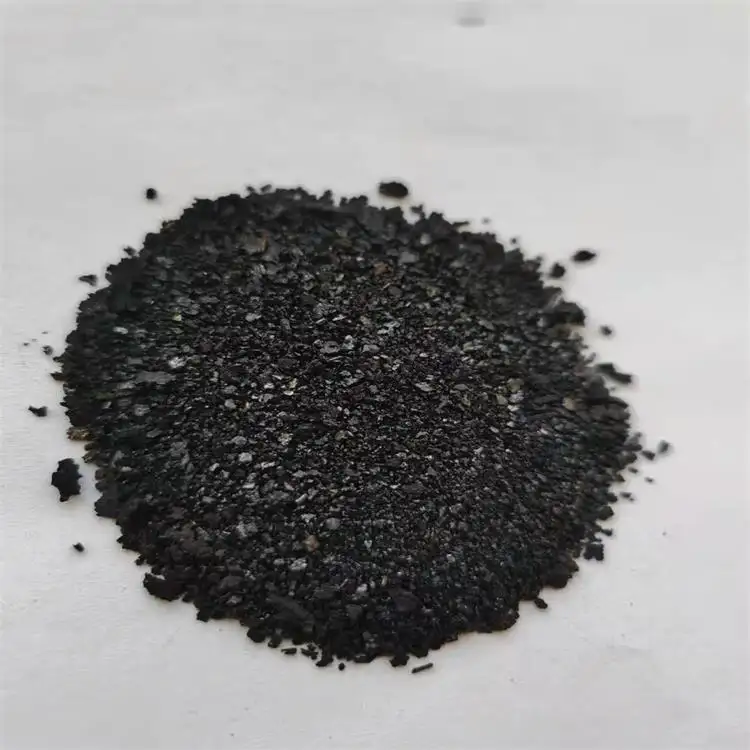Bromo Indigo; Vat Bromo-Indigo; C.I.Vat Blue 5


In addition, the certification and testing of natural dyes for safety and performance are indispensable in building consumer trust. Laboratory analysis ensures the absence of harmful chemicals and guarantees compliance with international safety standards, reinforcing the credibility of products labeled as high-quality natural dyes. Sharing real-world experiences further strengthens trustworthiness and community around the use of natural blue dyes. Artisans and manufacturers alike often share insights into achieving the best results with natural dyes through workshops, tutorials, and collaborations. These exchanges not only educate newcomers but also enrich the collective understanding and appreciation of natural dyes. Embracing natural blue dyes translates to more than just a color choice; it reflects a commitment to sustainable practices and a respect for cultural heritage. By opting for high-quality blue dyes derived from natural sources, consumers contribute to a reduction in environmental impact and promote a more sustainable textile industry. The future of natural blue dyes lies in the synergistic relationship between ancient traditions and modern science. As research delves deeper into optimizing natural dye techniques, we can anticipate more breakthroughs in their application across various industries—from fashion to home decor. This continuous evolution not only broadens the potential uses of natural blue dyes but solidifies their place as a staple in the pursuit of environmentally conscious and quality-driven consumer goods. In conclusion, the exploration and application of high-quality natural blue dyes offer an exceptional opportunity to align consumer preferences with sustainable practices. Through a comprehensive understanding of their historical significance, cultivation, and innovative application, these dyes stand as a beacon of quality, integrity, and ecological responsibility in the modern world.
-
innovating-bromo-indigo-excellence
NewsAug.23,2025
-
pioneering-indigo-plant-dye-excellence
NewsAug.23,2025
-
leading-sulphur-black-dyes-enterprise
NewsAug.23,2025
-
sulphur-black-dyes-light-resistance
NewsAug.23,2025
-
indigo-blue-granular-industrial-uses
NewsAug.23,2025
-
bromo-indigo-synthetic-production-process
NewsAug.23,2025
-
The Timeless Art of Denim Indigo Dye
NewsJul.01,2025

Sulphur Black
1.Name: sulphur black; Sulfur Black; Sulphur Black 1;
2.Structure formula:
3.Molecule formula: C6H4N2O5
4.CAS No.: 1326-82-5
5.HS code: 32041911
6.Product specification:Appearance:black phosphorus flakes; black liquid

Bromo Indigo; Vat Bromo-Indigo; C.I.Vat Blue 5
1.Name: Bromo indigo; Vat bromo-indigo; C.I.Vat blue 5;
2.Structure formula:
3.Molecule formula: C16H6Br4N2O2
4.CAS No.: 2475-31-2
5.HS code: 3204151000 6.Major usage and instruction: Be mainly used to dye cotton fabrics.

Indigo Blue Vat Blue
1.Name: indigo blue,vat blue 1,
2.Structure formula:
3.Molecule formula: C16H10N2O2
4.. CAS No.: 482-89-3
5.Molecule weight: 262.62
6.HS code: 3204151000
7.Major usage and instruction: Be mainly used to dye cotton fabrics.

